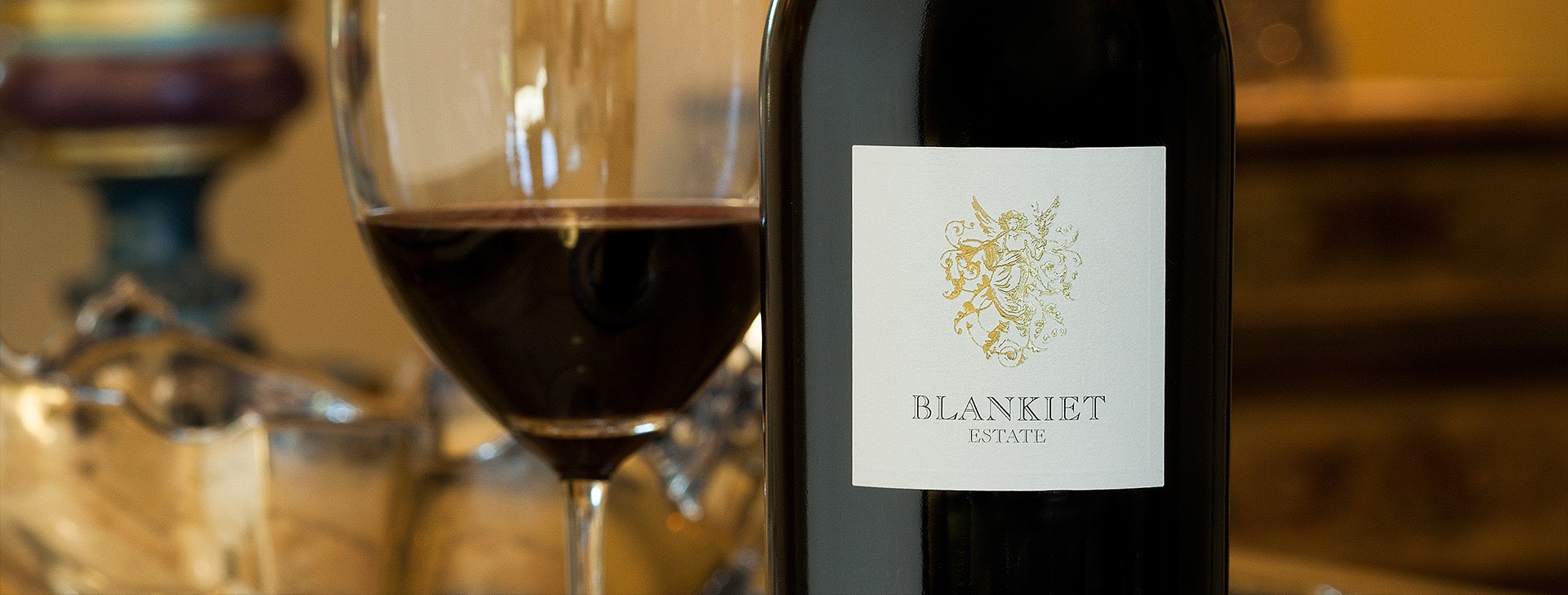

Our Bordeaux Medoc blend of predominantly Cabernet Sauvignon with Merlot, Cabernet Franc and Petit Verdot. This wine is sheer power in a silk glove.
Review
-
Stephen Tanzer's International Wine Cellar (May 12, 2012)
Review by Stephen Tanzer
Rating: (97)
VIEW(81.8% cabernet sauvignon, 16.7% Merlot, 1% cabernet franc and 0.5% petit verdot): Good deep ruby-red. Very pure aromas of blueberry, cassis, violet, mocha and minerals. Sweet, broad and wonderfully deep, with dark berry and mineral flavors complicated by a soil-driven saline note. Utterly seamless and consistent from start to fully ripe, aromatic, extremely long finish.
-
Wine Advocate # 204 (Dec. 2012)
Review by Antonio Galloni
Rating: (96)
VIEWThe 2009 Proprietary Red Paradise Hills Vineyard is the most harmonious and integrated of the 2009s I tasted. Plums, black currants, espresso, mocha and smoke all jump from the glass in this large- scaled, powerful wine. Seemingly endless layers of fruit build to the huge, explosive finish. This is a fairly extroverted vintage that will be fun to drink with minimum cellaring. In 2009 the blend is 82% Cabernet Sauvignon, 17% Merlot and drops of Cabernet Franc and Petit Verdot. Anticipated maturity: 2017-2029. Claude and Katherine Blankiet have spared no expense in their goal to make world-class wines, and it shows in these magnificent new releases. One of the biggest changes at Blankiet over the last few years has been the creation of a second wine, Prince of Hearts, first released with the 2008 vintage. It doesn’t take a genius to figure out that the creation of a second label is one of the main reasons quality has been so exceptional here, especially in the last few years, none of which has been easy. Prince of Hearts, with its production between 600-1,000 cases, is all or mostly juice that used to end up in the Rive Droite and Proprietary Red. Readers who want to learn more about Blankiet might like to take a look at my videos of the 2011 and 2012 harvests. The differences between the 2009s and 2010s are striking. Some of that – perhaps much of that – is attributable to the qualities of the years themselves. Claude Blankiet describes 2009 as a warmer vintage than 2010 and certainly 2011. The 2009s were made by Michel Rolland, but the blends were finalized by Denis and May-Britt Malbec. Since their arrival, the Malbecs have lowered toast levels in the cellar, and perhaps most importantly of all, brought with them an approach to viticulture that seeks to stress the vines less than was previously the norm here. Changes in farming normally take at least a few years to show results, so it follows that it will take some time before the full potential of these vineyards are fully realized.
Anticipated maturity: 2017- 2029


